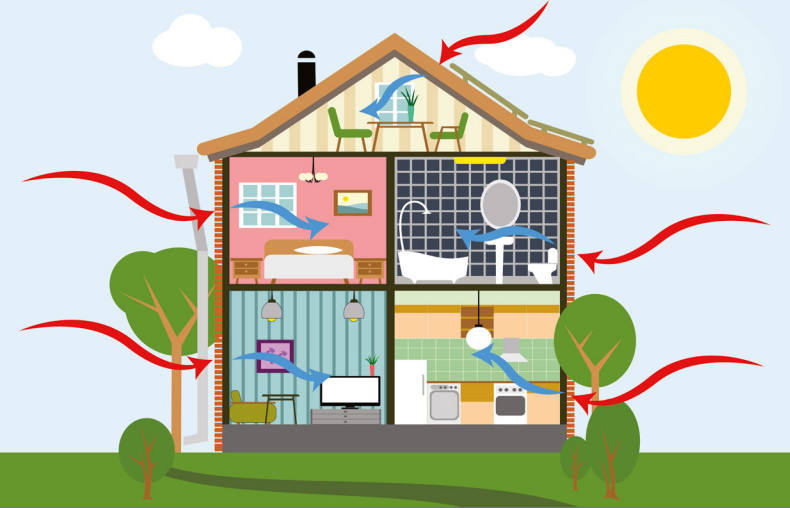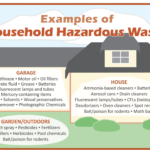How to Make Your Home More Energy Efficient
Making your home more energy-efficient not only helps reduce your environmental impact but can also save you money on utility bills. Here are some tips to make your home more energy-efficient:
Insulate and seal: Proper insulation is crucial for maintaining a comfortable temperature and reducing energy waste. Insulate your attic, walls, floors, and ducts to prevent heat loss in the winter and heat gain in the summer. Seal any gaps or cracks around windows, doors, and vents to minimize drafts and air leakage.
Upgrade to energy-efficient appliances: Replace old, energy-hungry appliances with Energy Star-certified models. Look for energy-efficient refrigerators, dishwashers, washing machines, dryers, and HVAC systems. These appliances use less energy while providing the same level of performance.
Install LED lighting: Replace traditional incandescent bulbs with energy-efficient LED lights. LED bulbs consume significantly less energy, have a longer lifespan, and produce less heat. Consider using motion sensors or timers for outdoor lighting to avoid unnecessary energy consumption.
Use a programmable thermostat: Install a programmable or smart thermostat to optimize your home’s heating and cooling. Set the temperature to adjust automatically when you’re away or asleep, reducing energy usage when it’s not needed. Smart thermostats can learn your preferences and adjust settings accordingly.
Improve windows and doors: Upgrade to energy-efficient windows with double or triple glazing and low-emissivity (low-E) coatings. These features help prevent heat transfer and reduce the need for heating or cooling. Install weatherstripping and caulking around windows and doors to seal gaps and improve insulation.
Use natural light and ventilation: Maximize natural light during the day by opening curtains or blinds. Use skylights or light tubes in dark areas to reduce the need for artificial lighting. In mild weather, open windows to let fresh air circulate and reduce reliance on air conditioning.
Reduce water consumption: Install low-flow showerheads and faucets to reduce water usage. Fix any leaks promptly, as even small drips can waste a significant amount of water over time. Consider installing a dual-flush toilet or placing water-saving devices in your toilet tank.
Optimize heating and cooling: Regularly clean and maintain your HVAC system to ensure it operates efficiently. Clean or replace air filters as recommended to allow for proper airflow. Use ceiling fans to circulate air and create a cooling effect in summer. Adjust thermostat settings to be mindful of energy usage.
Unplug or use power strips: Many electronic devices consume energy even when not in use. Unplug devices that are not in use or use power strips to easily turn off multiple devices with a single switch. This helps eliminate “phantom” energy usage.
Plant shade trees: Strategically plant trees or shrubs around your home to provide natural shade during hot summer months. This can reduce the need for air conditioning and keep your home cooler.
By implementing these energy-saving practices, you can make your home more energy-efficient and reduce your carbon footprint while enjoying long-term cost savings.




